
Sustainable Roofing: Innovations in Eco-Friendly Materials
The journey toward green building begins above our heads. Sustainable roofing is reshaping the vision for residential and commercial structures, prioritizing environmentally responsible materials and techniques. As demand for eco-conscious architecture grows, innovative roofing solutions have emerged, offering not just reduced environmental impact but also improved energy performance and aesthetics. This guide explores the cutting-edge developments in sustainable roofing, the benefits they confer, and how they’re changing our rooftops for the better.
Previous
Next
Rethinking Roofing: The Push for Sustainability
The roofing sector has a significant influence on energy use and greenhouse gas emissions in construction. As the urgency of combating climate change intensifies, industry leaders are reevaluating traditional roofing practices. This shift involves integrating materials that reduce heat absorption, amplify insulation, and utilize renewable resources—ultimately creating a built environment with a lighter carbon footprint. Forward-thinking homeowners and builders are now prioritizing roofing systems that contribute to emissions reduction and support resilience against extreme weather.

Breakthroughs in Roofing Materials
Cool roofs represent a leap forward in reflecting sunlight and minimizing heat absorption. By utilizing specially engineered coatings and reflective materials, cool roofs actively reduce the temperature of a building’s surface. This can significantly lower air conditioning demands, decrease peak energy usage, and enhance comfort. Cities with extensive cool roof adoption report substantial decreases in urban heat islands and improved public health. The continual refinement of these materials—ranging from white membranes to advanced polymers—demonstrates a commitment to maximizing both aesthetic flexibility and climate benefits.
Energy Performance and Roofing Innovation
High-Performance Insulation Layers
Cutting-edge insulation systems form the backbone of energy-efficient roofing. By minimizing unwanted heat gain or loss, these layers reduce a building’s reliance on mechanical heating and cooling. Next-generation materials—such as vacuum insulated panels, rigid foam from recycled sources, or radiant barriers—set new standards for thermal resistance. Their implementation means tighter envelopes, lower operating costs, and smaller environmental footprints, key advantages for green builders and building occupants alike.
Integrated Photovoltaic Roofing
Solar roofing has evolved far beyond bulky panels. Contemporary roof-integrated photovoltaics blend seamlessly with shingles or tiles, generating clean electricity without disrupting architecture. These innovative systems transform the roof from mere protection to a dynamic energy producer, offering significant reductions in grid dependency and carbon output. As costs decrease and efficiency rises, solar-integrated roofs are empowering property owners to produce their own energy sustainably and stylishly.
Smart and Adaptive Roof Designs
Next-generation roofs often incorporate smart technologies to optimize performance in real time. Embedded sensors can monitor temperature, detect moisture infiltration, and trigger interventions such as automatic ventilation or dynamic shading. Adaptive roofing materials are emerging that alter their reflectivity based on temperature, providing self-regulating energy modulation. These innovations help maintain comfortable interior climates, prevent damage, and ensure the lasting effectiveness of sustainable roofing investments.
Green Roofs: Living Systems Above
In the face of frequent and intense rainfall events, managing stormwater is increasingly critical. Green roofs excel at capturing precipitation, slowing runoff, and filtering pollutants before they enter local waterways. Engineered soil layers and plant selections are tailored to maximize absorption and evaporation, easing the burden on urban drainage systems. In doing so, green roofs contribute to flood mitigation, healthier ecosystems, and improved water quality across the built environment.
Previous
Next

Previous slide
Next slide
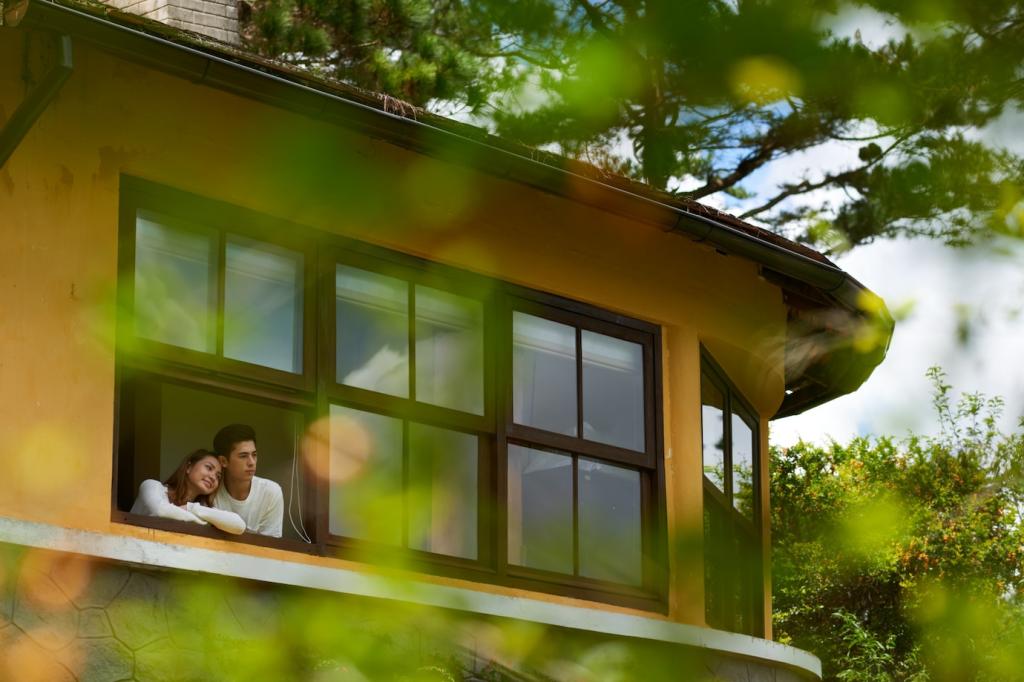
Responsible Raw Material Sourcing
A sustainable roof begins with responsible sourcing. Manufacturers are prioritizing renewable, abundant, and locally available raw materials to reduce transportation emissions and foster resilient supply chains. Certifications, transparency, and sustainable forestry or mining practices ensure ethical procurement, while alternative materials derived from waste streams further cut the ecological toll. These practices underscore the importance of building with integrity, ensuring sustainability is embedded from the very first step.
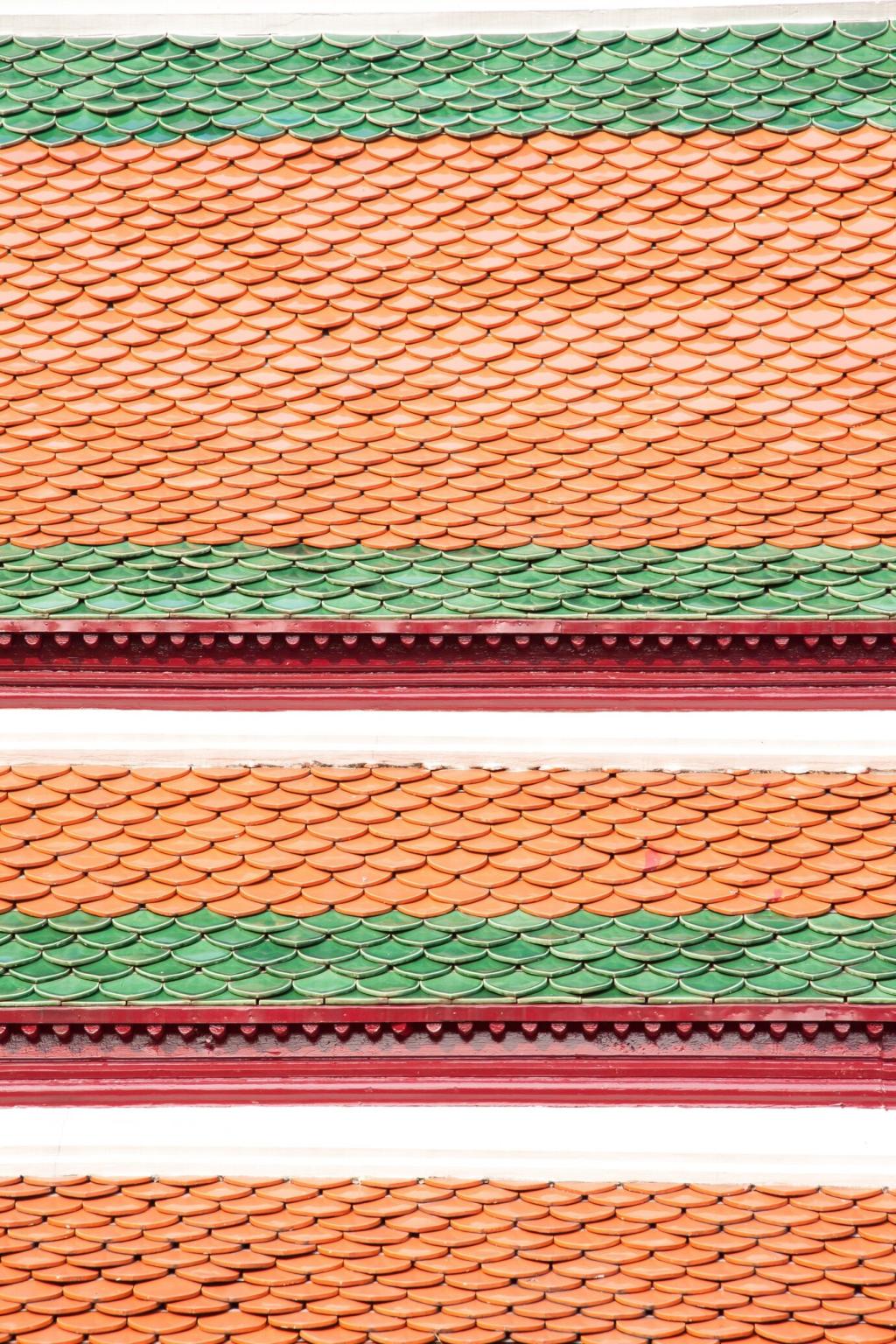
Low-Impact Manufacturing Processes
Advancements in production technology are slashing the environmental burden of roofing materials. Factories are prioritizing low-energy manufacturing, closed-loop water systems, and the minimization of toxic byproducts. By embracing renewable energy, optimizing logistics, and reducing process waste, the industry is lowering its carbon emissions while delivering higher quality products. This evolution signals meaningful progress toward roofs that are not only green in application but also in their very creation.
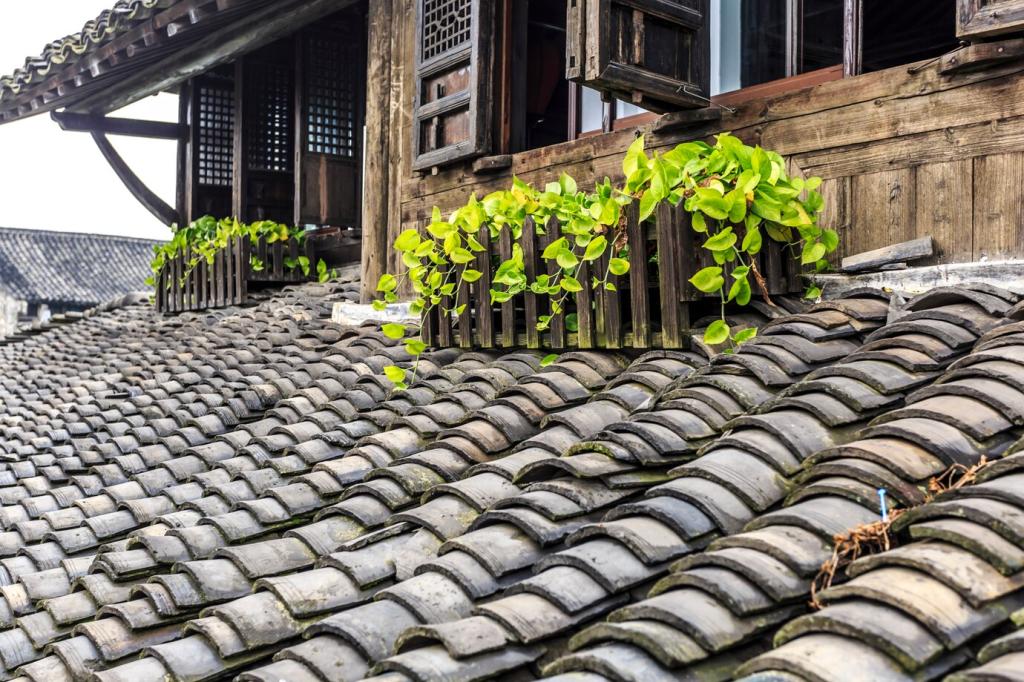
End-of-Life Recycling and Reuse
When a roof reaches the end of its lifespan, its ecological story doesn’t have to end in landfill. Innovative systems are designed for easy disassembly and recycling, allowing valuable resources to re-enter the manufacturing stream. Some roofing products are now fully reclaimable, transforming used materials into new products with minimal degradation. Emphasizing circularity, these advances demonstrate that even after decades of service, sustainable roofs can continue to benefit the environment.
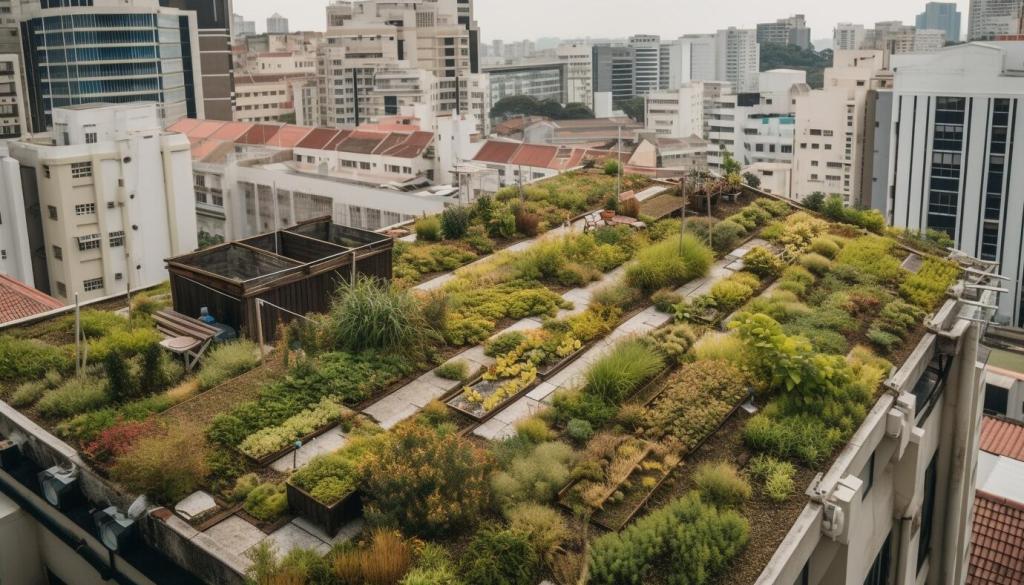
Versatile Material Palette
The surge in innovative roofing materials has exploded the possibilities for design. From sleek recycled metal panels to rustic biobased tiles, modern eco-roofs can complement any architectural idiom. Varied finishes, shapes, and installation patterns allow customization to match traditional, contemporary, or even futuristic aesthetics. Far from being limiting, the sustainable approach empowers design professionals with tools to craft distinctively beautiful, green buildings.
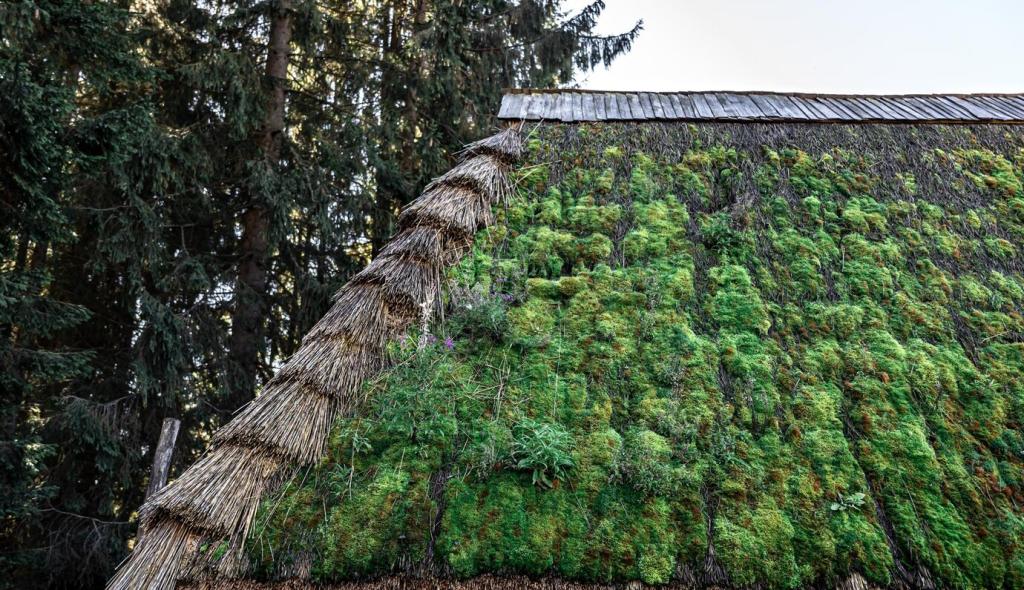
Integration with Building Envelope Design
A sustainable roof works in harmony with the entire building envelope. Advanced systems can seamlessly integrate with rainwater-catching facades, solar-shading elements, or vertical gardens, amplifying their eco-performance and visual impact. The interplay of rooflines, material junctions, and functional layers challenges architects to think holistically about design. This level of integration elevates sustainability from a mere feature to a defining characteristic of the building’s identity.
